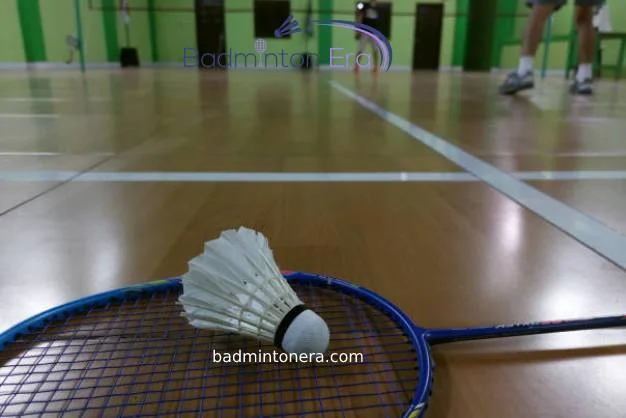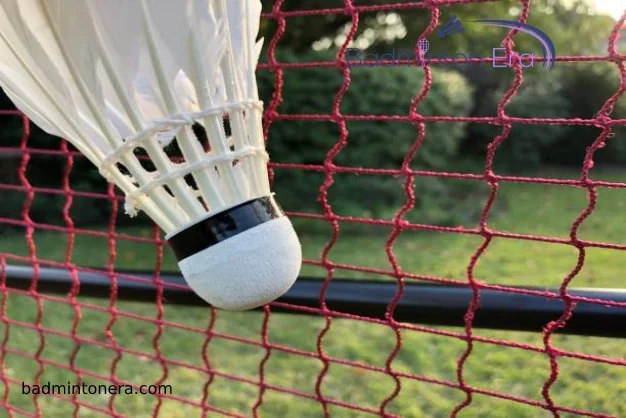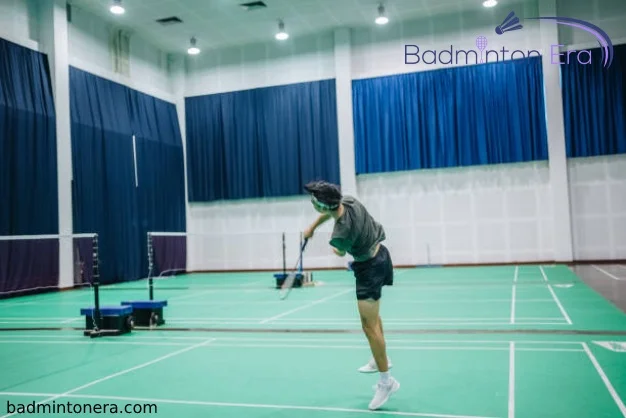Mastering The Art Of Badminton Service Rules
Mastering the art of badminton involves perfecting your shots and footwork and understanding the intricate rules of the game. Among these rules, the service rules hold a pivotal role, as they dictate the commencement of every rally. A well-executed serve can set the tone for the entire match, while a violation of the service rules can result in the loss of crucial points. Whether you’re a beginner or an expert, mastering the art of badminton service rules is essential for elevating your game to new heights. Let’s delve into the pro-service rules governed by the Badminton World Federation (BWF).
Understanding The Significance Of The Serve:
The service is not just the starting point of a badminton match; it’s an essential skill that can set the tone for the entire game. Whether it’s a short backhand serve or a high-toss one, how players serve can greatly influence the game dynamics.

Variety In Serving Techniques:
Players like PV Sindhu often opt for long forehand serves, strategically pushing opponents to the baseline and expanding the playing field. Left-handers like Carolina Marin or Kento Momota bring their own unique challenges with angled shuttlecock delivery.
Key Service Rules:
The Badminton World Federation (BWF) has laid down specific rules governing the service. A correct serve involves hitting the shuttlecock over the net to the opponent’s side, ensuring it doesn’t get stuck in the net or go out of bounds. Importantly, the entire shuttlecock must be below the waist of the server at the point of contact.
Execution And Timing:
Once both sides are ready, the server’s first forward movement of the racket head initiates the service. It’s crucial to avoid undue delays in serving once both the server and receiver are prepared. Additionally, both players must stand diagonally opposite each other without touching the boundary lines.
Determining The Server:
The server in a badminton match is determined by a coin toss, with the scoring player or side becoming the server for the subsequent point. This rotation ensures fairness and equal opportunities for both players throughout the game.
Serving Strategy In Singles Badminton:

1- Starting Strong:
In singles badminton, the player initiating the game serves from the right side of the service court. This initial serve sets the tone for the match and offers an opportunity to gain an early advantage.
2- Point-Driven Service:
The serving position in subsequent points depends on the number of points won. If the serving player has accumulated an even number of points, they continue serving from the right side. Conversely, if they have an odd number of points, they switch to serving from the left side for the next point.
3- Adapting Tactics:
Understanding this alternating serving pattern is crucial for players to adapt their tactics accordingly. By strategically positioning themselves based on their point tally, players can maintain control of the game and maximize their scoring opportunities.
Navigating Doubles Service Rules In Badminton:
1- Starting With The Basics:
In doubles badminton, the service rules follow a similar pattern to singles, with a few key differences outlined by the Badminton World Federation (BWF).
2- Serving Rotation:
The serving player begins from the right side of the service court and continues serving from this side after accumulating even points. Conversely, if they win an odd number of points, they switch to the left service court for the subsequent serve.
3- Receiver Positioning:
The receiver stands on the alternate service court, ensuring fair play and strategic positioning for both teams.
- Service Right Rotation: The right to serve rotates among players according to a specific sequence:
- Initial server (starting from the right service court)
- Partner of the initial receiver
- Partner of the initial server
- Initial receiver: This sequence continues throughout the game, ensuring equitable opportunities for all players.
4- Correcting Errors:
Any service court error (serving out of turn or from the wrong side) is immediately rectified to maintain fair play and adherence to the rules.
5- Game Dynamics:
Points are scored when either the serving or receiving side wins a rally, with the first team to reach 21 points, with a two-point lead, winning the game. Matches typically consist of three games, with sides changing after each game.
6- Adapting Strategies:
Players have flexibility in positioning on their side of the court as long as they do not obstruct the view of the server or receiver, allowing for tactical adjustments throughout the match.

Other Trending Badminton Serving Rules:
- When you hit the shuttle during a serve, it’s important to remember that both of your feet must stay on the ground. This means you can’t lift or move either foot until after you’ve struck the shuttle. Whether you’re serving or receiving, this rule applies to both sides – even the receiver needs to keep both feet on the ground until the shuttle is hit.
- When serving or receiving in badminton, ensure your feet do not touch any court lines. You’re allowed to position yourself anywhere within your half of the court, including the tramlines, as long as you’re not making contact with any lines or stepping outside the boundaries of the playing court.
- According to the Badminton World Federation (BWF), when serving, it’s essential to strike the base of the shuttlecock (the cork) first rather than the feathers. This rule was implemented to prevent players from gaining an unfair advantage by hitting the feathers first, which could generate excessive spin on the shuttlecock. Additionally, adhering to this rule helps maintain the durability of the shuttlecocks over time.
- The Badminton World Federation (BWF) introduced a new rule in March 2018 stating that “the whole of the shuttle shall be below 1.15 meters from the surface of the court at the instant of being hit by the server’s racket” (BWF Laws of Badminton 9.1.6). This rule was implemented to enhance the application of the service laws in BWF tournaments, aiming to ensure fairness and consistency in the game.
- The serve in badminton must be delivered in a forward continuous motion. This means that once you start your backswing, you must continue the motion smoothly without any pauses. Pausing at the backswing or making multiple forward and backward movements before striking the shuttle are considered illegal serves under this rule.







